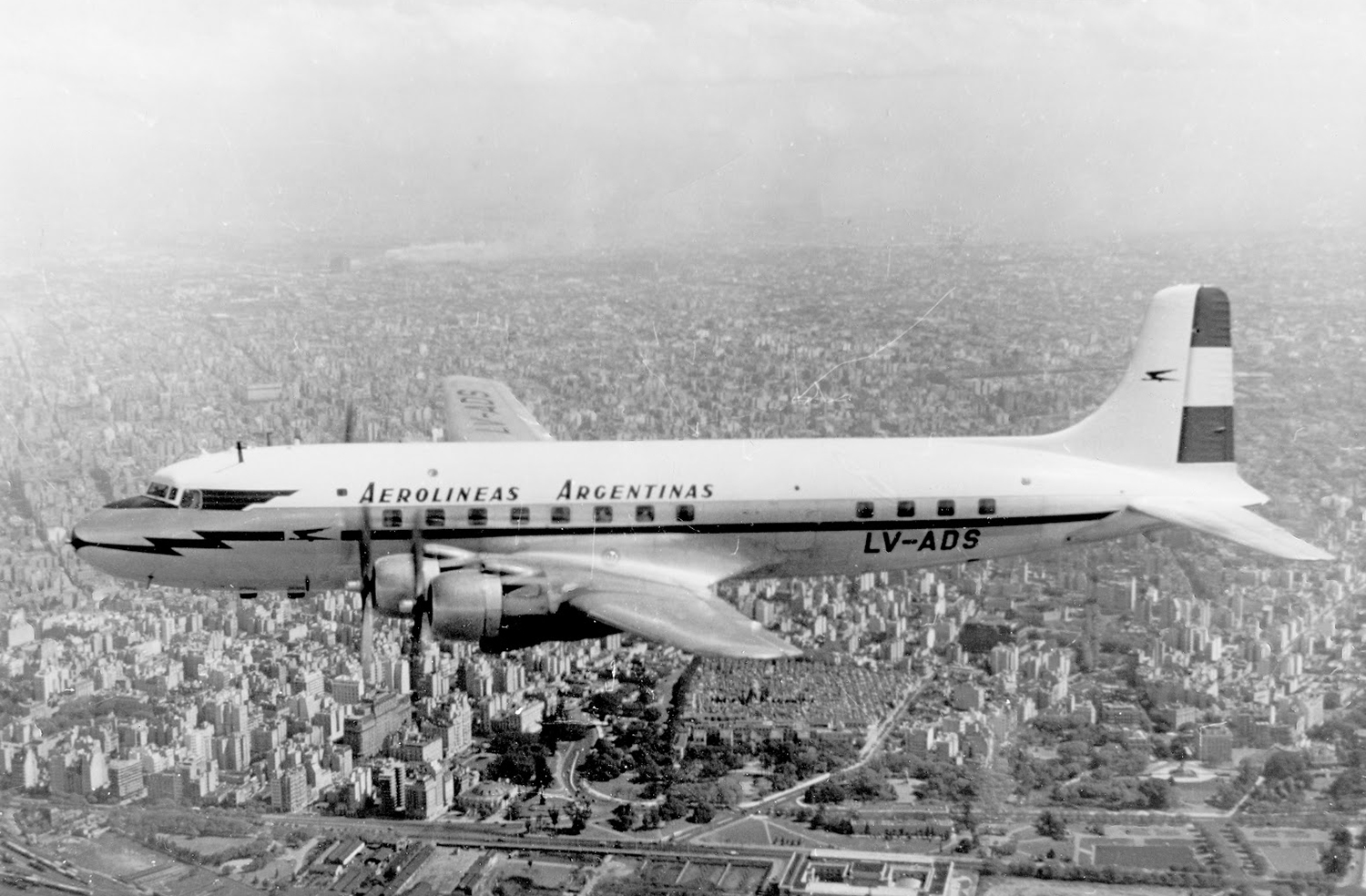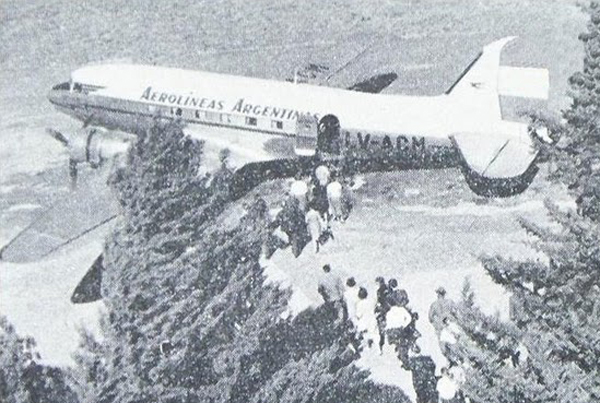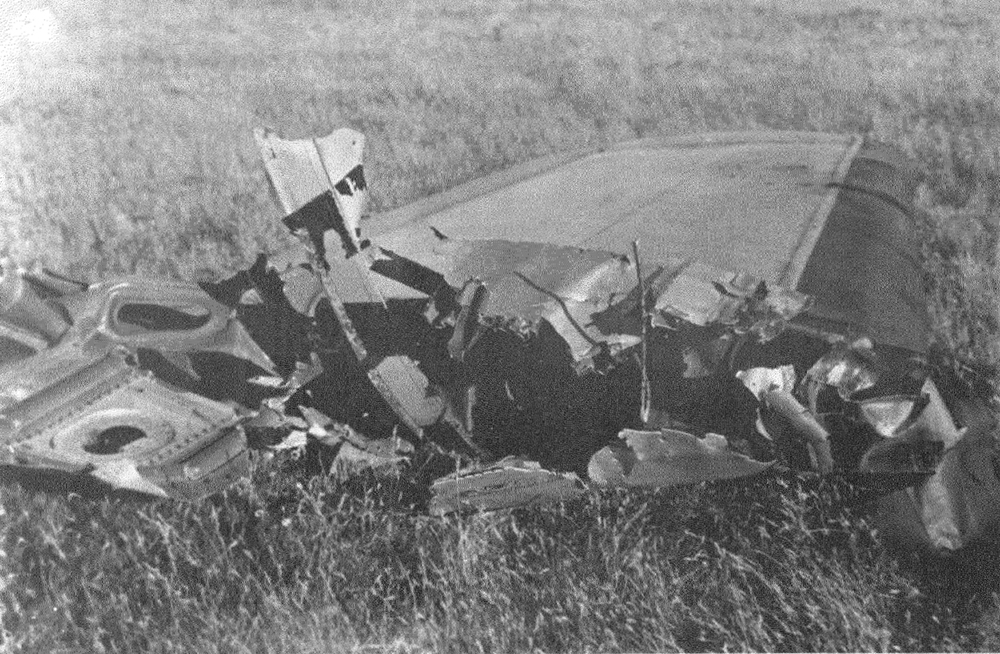Crash of a Douglas DC-6 near Salto: 31 killed
Date & Time:
Sep 7, 1960 at 0940 LT
Registration:
LV-ADS
Survivors:
No
Schedule:
Asunción – Buenos Aires
MSN:
43031
YOM:
1947
Flight number:
AR205
Crew on board:
6
Crew fatalities:
Pax on board:
25
Pax fatalities:
Other fatalities:
Total fatalities:
31
Aircraft flight hours:
19229
Aircraft flight cycles:
5314
Circumstances:
While in cruising altitude on a flight from Asunción to Buenos Aires, the airplane christened 'Mariano Moreno' suffered a major issue on engine number three. Shortly later, the airplane disintegrated in the air, dove into the ground and crashed in an open field located 12 km northeast of Salto. The aircraft was totally destroyed and all 31 occupants were killed. Debris were scattered on more than five km.
Probable cause:
The immediate cause of the accident was overspeeding of No.3 propeller caused by irregular operation of the propeller governor, detachment of that propeller and impact with that of No.4 engine, followed by disintegration of the aircraft. The remote cause of the accident was insufficiently strict observance of engine maintenance conditions, because, while Pratt and Whitney Service Bulletins Nos. 1666 and 1680, dated 5 November 1957 and 15 May 1958 respectively, are not mandatory, the company should have taken account of the special circumstances in the history of No.3 engine, which resulted in the destruction of LV-ADS.








